Launching a new online business is exciting—but cybersecurity needs to be one of your top priorities.
Research shows that Internet crime is one of the biggest threats to the success of online businesses today. And this reflects in the worries of consumers, with 72% concerned about their personal, credit card, or financial information being stolen by computer hacking in 2020. Moreover, 68% of business leaders also believe that their cybersecurity risks are growing.
These crimes can affect your business and have numerous consequences that disrupt your systems—resulting in loss of revenue and extreme harm to your brand’s reputation.
The good news is that, just as cybercriminals are coming up with ever increasingly sophisticated models of attack, online businesses are figuring out ways to thwart attacks and keep their systems safe and up and running. In fact, Gartner predicts that cybersecurity spending will reach $170.4 billion globally by 2022.
If you’ve got a new online business and need to protect it from online attacks, let’s take a look at exactly how to build and develop a cybersecurity strategy from the ground up.
What are the Different Types of Cybercrime?
The thing with cybercrime is there isn’t just one system of attack. Instead, online attackers use different methods to infiltrate your online business, including:
Phishing
Phishing is one of the most popular tactics employed by cybercriminals. It’s classified as a social engineering attack whereby the criminal will send their targeted victims an email that tricks them into doing something that compromises their data. This is usually something as simple (and seemingly harmless) as clicking a link. Once the recipient complies and does the “wrong thing,” their data and even their entire system might be compromised.
Over in the UK, 1 out of 3,722 emails sent is a phishing attempt, while in Saudi Arabia, 1 in every 657 is a phishing attempt. Moreover, the most common type of cybercrime reported to the U.S. Internet Crime Complaint Center was phishing and similar fraud, with 241,342 complaints. In addition, 43,330 cases of online identity theft were reported to the IC3 that year.
These are scary numbers. Worse still, 95% of all data breaches are caused by human error, suggesting that phishing scams “work” way more than they should.
Malware
Malware is a malicious software program or file typically created to disrupt networks and servers to wreak havoc with an online business. They’re super popular. In 2020, an average of 360,000 new malicious files were detected per day—an increase of 5.2% compared to the previous year.
Some forms are more dangerous than others. They include:
- Trojan horse
- Cryptojacking
- Virus
- Rootkits
- Spambots
- Worms
- Adware
- Spyware
Ransomware is a subset of malware and will only restrict access to personal and confidential files until a ransom is paid, and it is becoming increasingly popular. In 2020, 61% of organizations were disrupted by ransomware at some point, which was a 20% increase over the number of companies reporting such disruption in last year’s “The State of Email Security” report. All online businesses will need to be alert to this type of attack.
DDoS
A DDoS (Distributed Denial-of-Service) attack floods the targeted server with high volumes of traffic that cause disruption. It can even bring entire servers down.
A DDoS attack is a more advanced form of a denial-of-service attack. It’s more powerful and often evades firewalls to compromise devices and take your business offline.
How to Create a Cybersecurity Strategy
If you’re a new online business, you’ll likely need to start from the ground up when building your cybersecurity strategy and implementation plan. Let’s now take a look at what you need to do:
1. Invest in Technology
Technology is your best friend when it comes to thwarting cyber attacks. A software or hardware firewall, for example, is often described as an online business’s first wall of defense against criminals who are trying to steal your data.
Using an interactive, easy-to-use sandbox like ANY.RUN, on the other hand, should work alongside your automatic security systems as an extra wall of defense to prevent suspicious files from slipping through.
It does this by helping detect, isolate and investigate malware and other vulnerabilities as they are found on a company’s endpoints, applications, and IT resources—limiting any damage that’s done to your operating systems.
When planning your cybersecurity software strategy, firewalls and an interactive sandbox are definitely the best places to start. But it’s also really important that you only invest in software that’s absolutely right for your needs and keep in mind that you don’t need to use every tool out there.
2. Backup Your Data
It’s essential that you backup your data.
Unless you back up your data, criminals can infiltrate your network, steal your data and hold it to ransom. If you’ve backed everything up, the criminals have no leverage.
Putting in place a proper data backup solution, then, is essential. This means backing up your data frequently and inspecting each backup to ensure everything is correct. You’ll also need to secure your backups.
3. Keep Your Systems Up to Date
When a system isn’t kept up to date, it’s bad news for your new online business—but good news for cybercriminals.
Why?
Cybercriminals are always looking for loopholes they can exploit – and an out-of-date system is one of the biggest of them all. It leaves you hugely susceptible to security breaches because you’re essentially working with patches and “flaws” that haven’t yet been fixed.
Indeed, this is one of the prime reasons developers frequently release software updates—patches and the like. It’s so that any problems that haven’t been addressed can be fixed, and the end-user (your business) is protected.
Naturally, constantly updating your system can be time-consuming and monotonous. This is why so many new businesses overlook it. But regularly updating your systems and software needs to form a key part of your DOD’s cybersecurity strategy going forward.
4. Always Vet Third Party Providers
As a new online business, you’ll likely be using a number of tools, such as project management tools, communication tools, and finance tools.
And while these tools are essential, it’s critical that you vet all third-party providers to ensure they take security just as seriously as you do.
Here are some tips:
- Check the company’s security policies
- Thoroughly review the product or service and learn more about how your data will be stored and shared
- Email a security questionnaire to the third-party provider (create a template and use the same one for each company to save time)
If you’re not convinced, you could add security solutions yourself. For example, you could create your own in-app messaging solution that provides robust end-to-end encryption.
5. Raise Awareness Among Your Team
As we mentioned earlier, phishing is one of the most common online attacks. And because it generally targets individuals, it’s really important that you raise awareness among your team of the threats they face.
For example, something as simple as a freelancer opening an email and clicking on a malicious link could spell disaster for your entire business.
A perfect example of a cybersecurity strategy with all previous tips will only work if your team is aware of the threats they face. You could hold team meetings to discuss basic cybersecurity education, but it’s essential that you communicate to them what everyone needs to do to minimize risks.
When it comes to phishing, here are some ground rules you could share with your team:
- If a link appears suspicious, avoid clicking it and report it
- Pay attention to the spelling. Cybercriminals often make glaring grammatical errors and spelling mistakes that a professional company simply wouldn’t make
- Unusual domain. An online attacker will try to mimic a professional domain as much as they can, but they’re always something amiss.
A joke is the best way to remember things. So, feel free to download the Harmful Tips for Cybersecurity in pdf and print it for your office or working space. Here you can get the file: https://any.run/media-files/articles/harmful-tips.pdf
Conclusion
Cybersecurity threats aren’t anything new – and neither are they going away. As long as businesses are online, there will be new threats to face and thwart each year.
You should use the tips and information in this article to keep your new company safe online. Still, it’s equally vital that you constantly review your procedures and stay up-to-date with the latest attack modes to stay one step ahead of criminals.



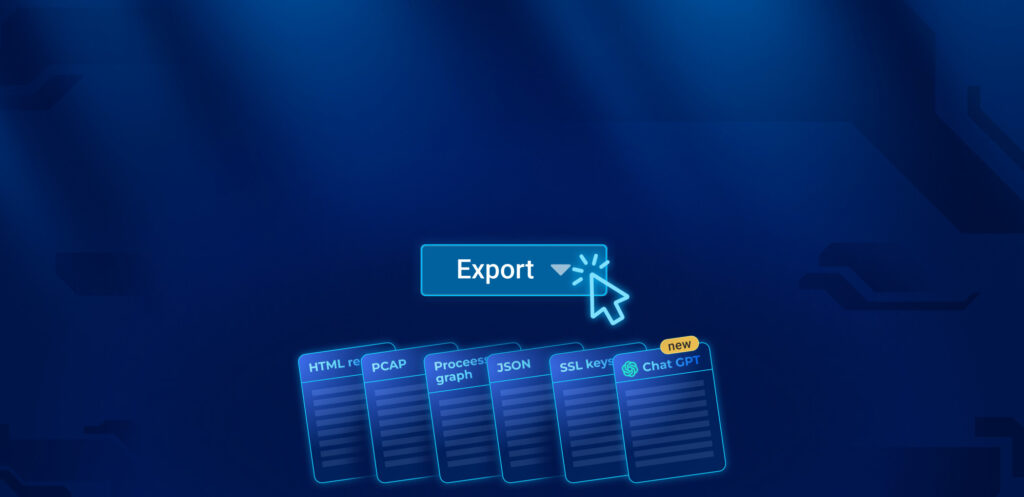
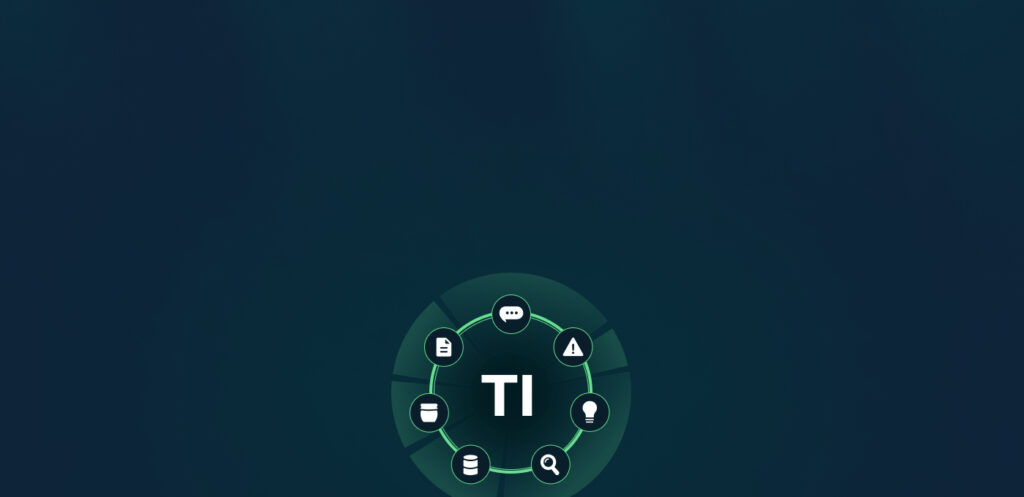
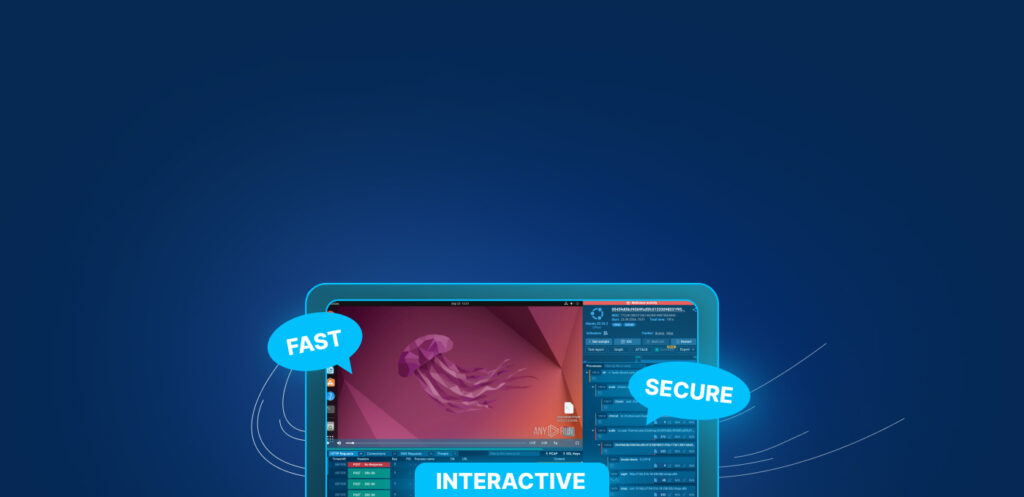


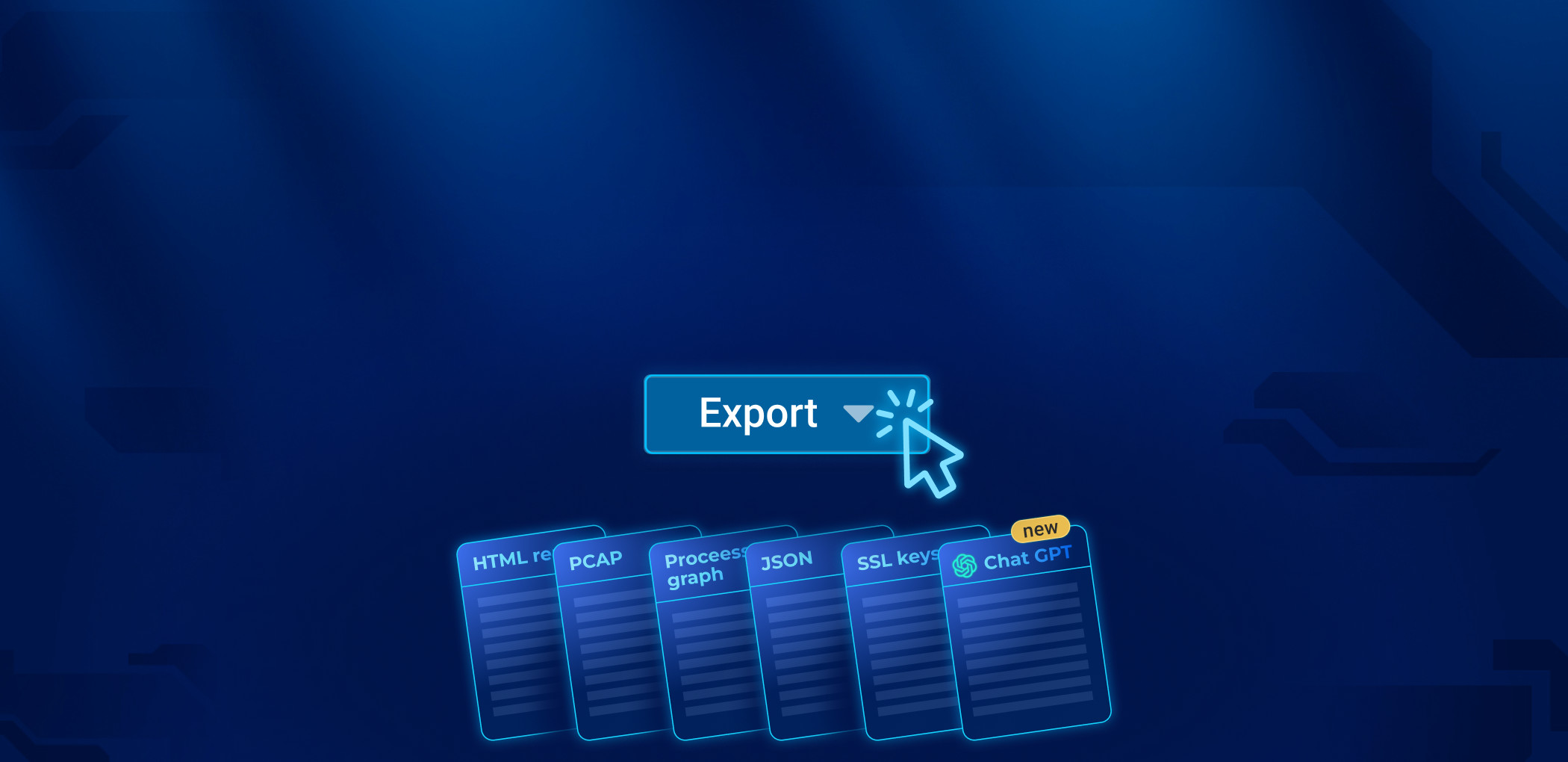
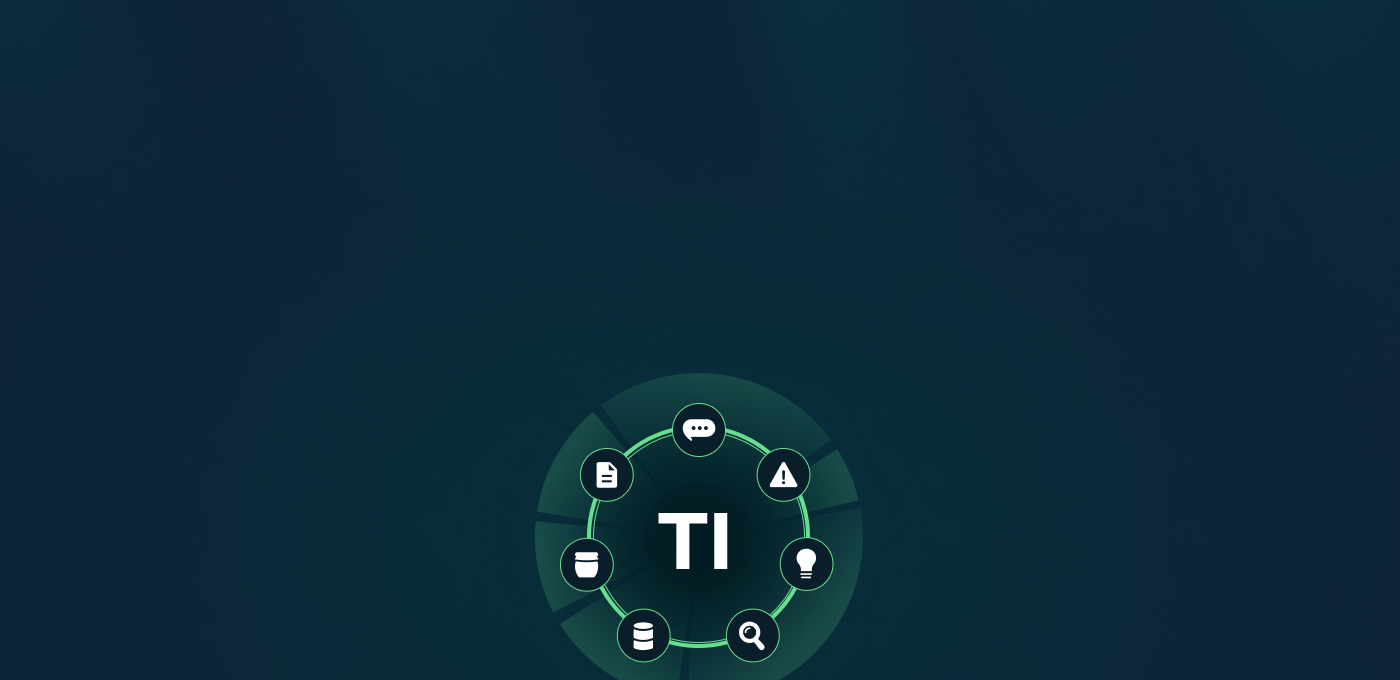
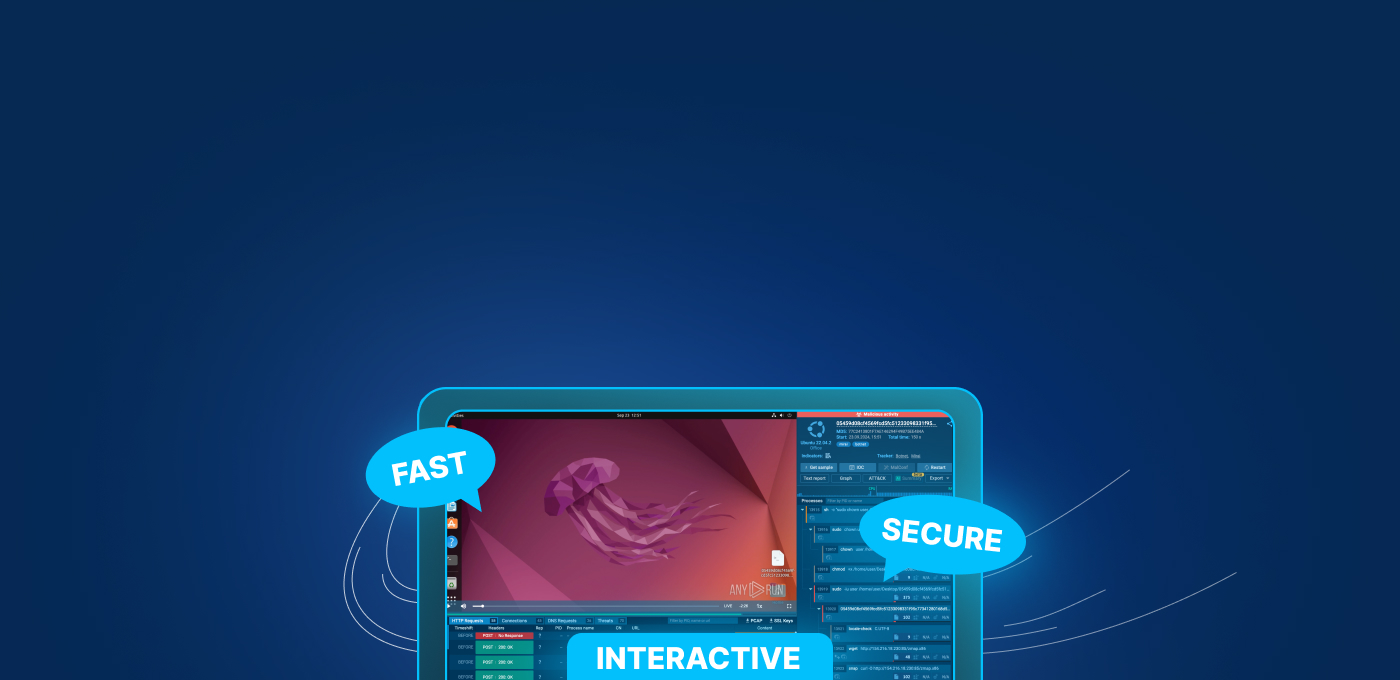

0 comments